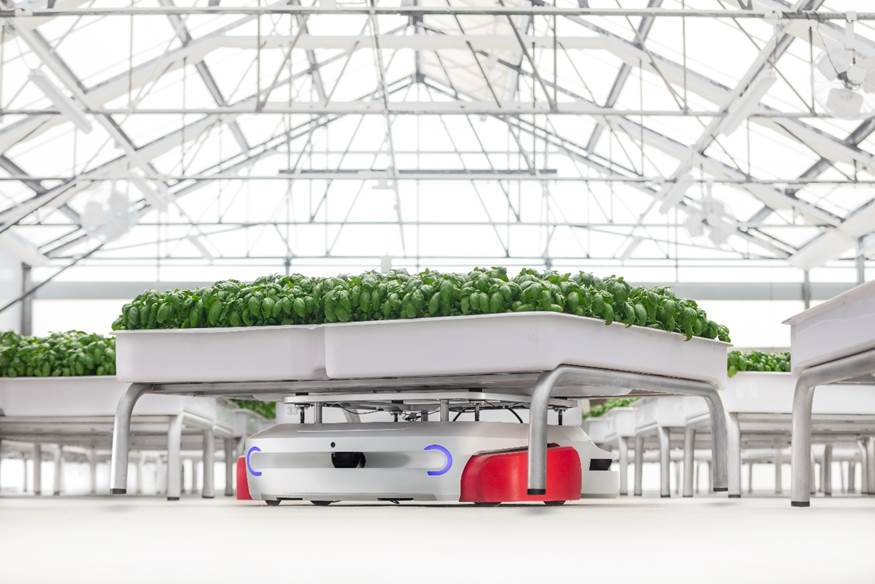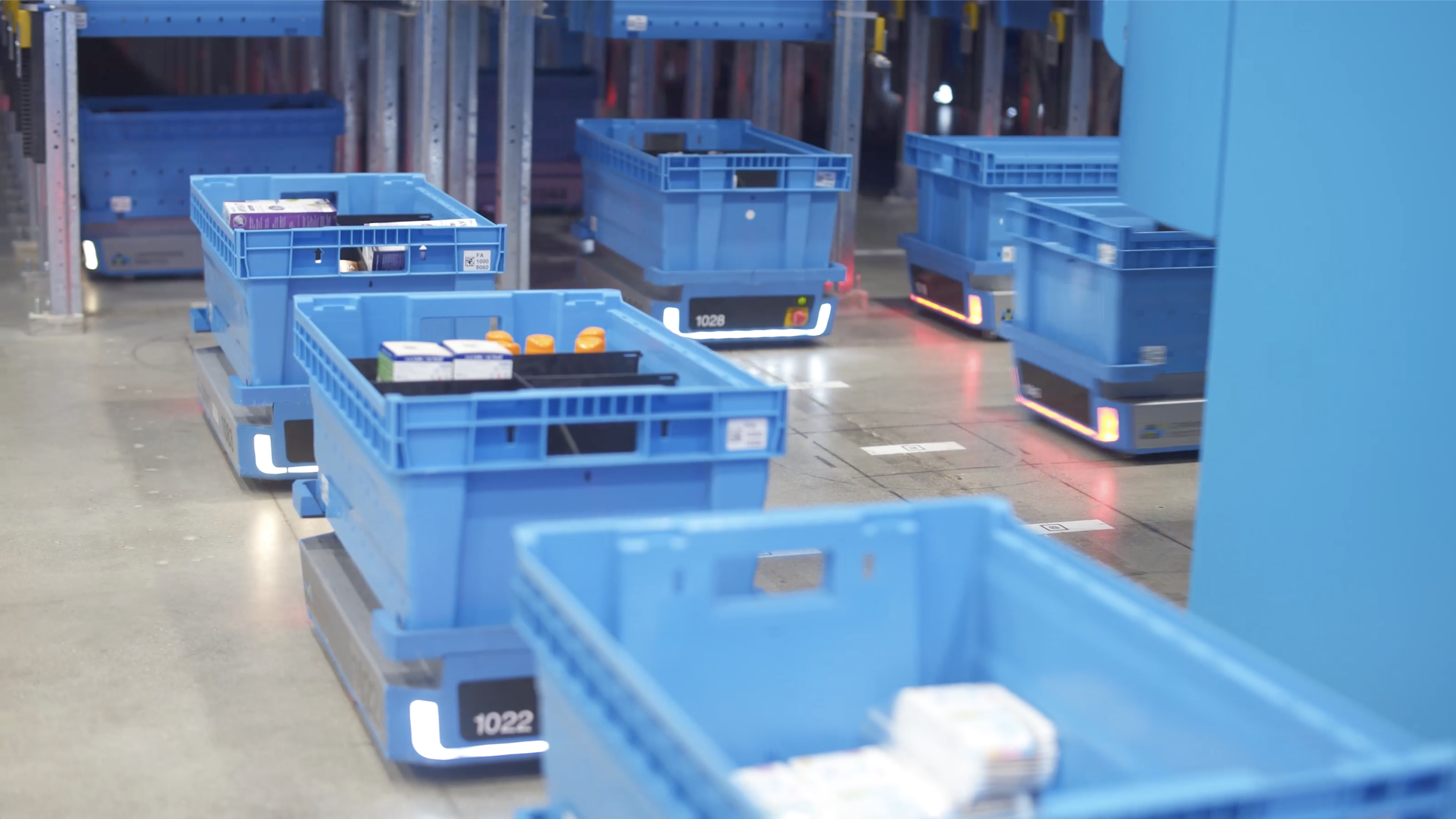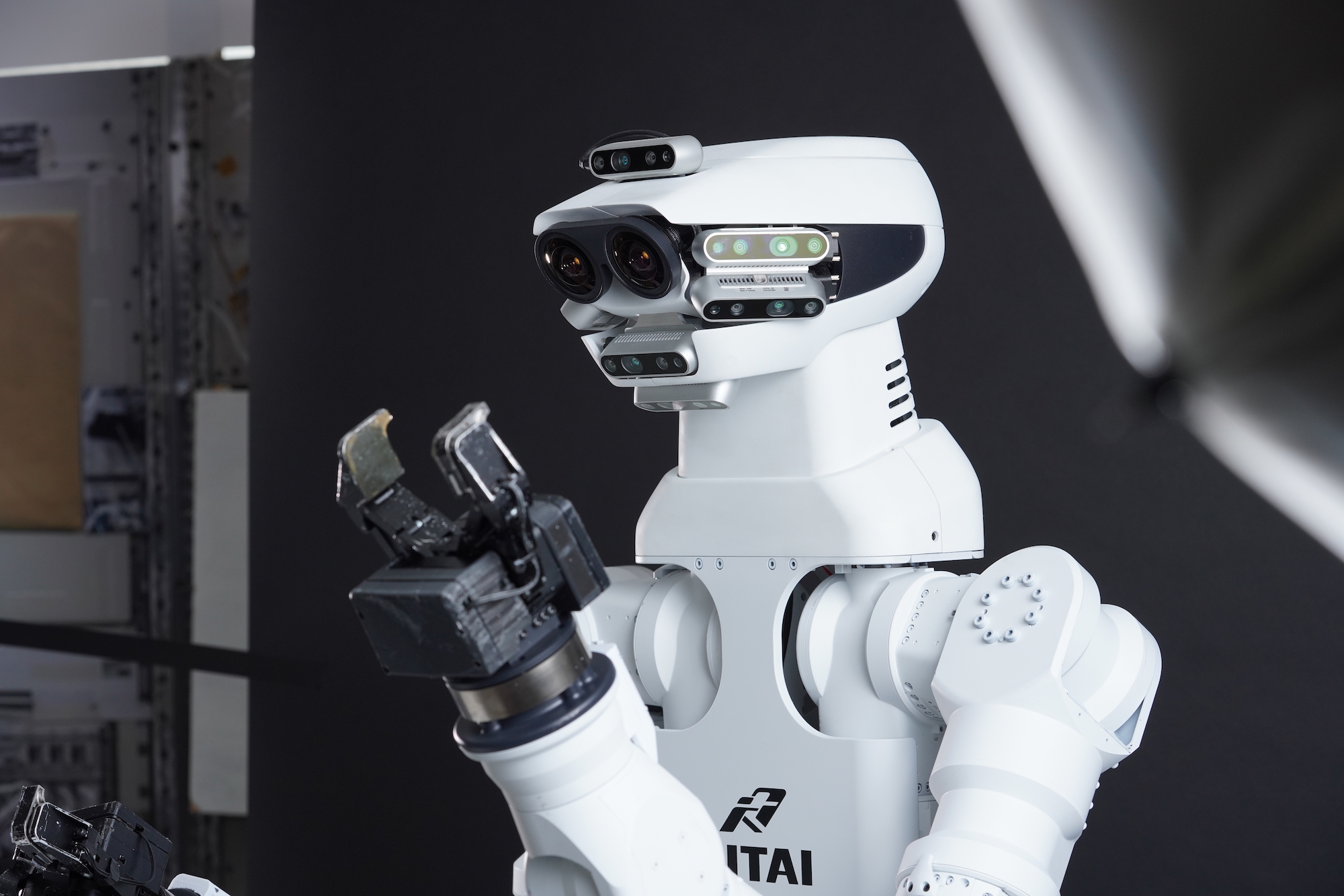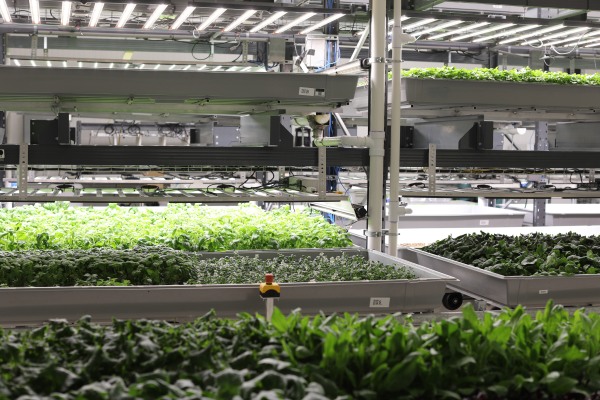You’ll have to forgive me, I’ve been thinking a lot about farming — specifically what it might look like in the future. This is largely due to the recent publication of my Bowery Farming TC-1. It’s a 12,000-word feature that really took me down the vertical-farming rabbit hole.
As I allude to in the piece, there are still plenty of question marks around the technology. At the top of the list are profitability and sustainability. And I fear that the former might come at the expense of the latter. What does seem certain, however, is that — if the category is going to survive and thrive — robotics and automation will need to play a major role.
“The automation and robotic component is a key part of [the] scalability equation, tied into the farm,” as Bowery CEO Irving Fain told me in one of our conversations. We sadly didn’t go super deep into the robotics aspect of things — a lot of this technology is still early and the company is hesitant to pull back the curtain as it looks to one-up competitors like AeroFarms.

Image Credits: Bryce Durbin/TechCrunch
I was, however, able to glimpse one of the robots at their Kearny, New Jersey location, which is deployed to move produce trays from place to place. That’s a key part of the BoweryOS system, which — among other things — determines the optimal growing position for a given crop. Automation is also used in the harvesting process, which is performed on-site in order to reduce the steps between the farm and consumer.
Robotics make a lot of sense for these sorts of indoor farms. They’re much more well regimented than their more traditional counterparts. The Bowery location I visited, for instance, was erected in a building that formerly housed a fulfilment center. And in a sense, creating automation for one isn’t entirely dissimilar than for a warehouse. Conditions like lighting are easily controlled and, for the most part, the primary goal is getting a payload from point A to point B.
Don’t forget to sign up to get the upcoming free newsletter version of Actuator delivered to your inbox.

Image Credits: Iron Ox
Iron Ox is probably the best example of a robotics company taking on indoor farming. In fact, the company is working on fully automated indoor growing solutions. But fundamentally transforming agtech is going to take more than just the indoor and vertical forms that only represent a sliver of the overall puzzle. Something I learned researching that piece. The average age of a farmer in Japan is 67. The average farmer in the U.S. is only about 10 years younger.
Add to that a crisis filling seasonal jobs and it becomes clear why so many companies think the answer to these problems is automation. That’s obviously a more complicated task, but there are a number of companies looking to tackle it, from startups like Burro to big conglomerates like John Deere, which has acquired a number of robotics firms.

Fabric’s automated fulfillment center. Image Credits: Fabric
More on that soon, probably. For now, though, we need to talk about Fabric’s massive raise. The company already has contracts with some massive names, including Walmart, Instacart and FreshDirect. They’re all looking for the same thing: something that will make them more competitive with Amazon. That’s a tall order, given the retail giant’s utter dominance of everything it touches. That includes automation, of course, with Amazon robotics dating back to 2012.
“As it is, we already have more demand than we can serve,” Fabric’s CEO notes. “At the same time, we are seeing bigger opportunities beyond the proposition beyond our micro-fulfilment centers, how they interact in the network and the supply chain.”
I believe it. COVID has accelerate so much of what was already on an upward trajectory. And even as things return to a semblance of normal, I don’t see that demand waning. This latest $200 million round pushes Fabric’s valuation north of unicorn status.

Image Credits: Gitai
A bit of space robot news to wind things down this week. The International Space Station got a preview of Gitai Japan’s S1 robotic arm this week. The autonomous appendage is designed to perform maintenance tasks, including operating switches and assembling structures. It puts it well on its way to potential deployment, having hit seven of nine (not a Star Trek reference, I swear) TRL (not a 90s MTV reference, I swear) or technology readiness levels.
“The success of this investigation proves that the GITAI robot can be a solution for space agencies and commercial space companies looking for versatile, dexterous, relatively safe (less exposure to life threatening risks for humans), and inexpensive labor force,” NASA said in a statement. “Providing this option furthers the goals of commercialization of space.”
Credit: Source link





















